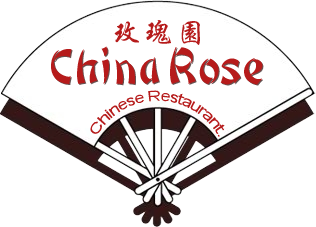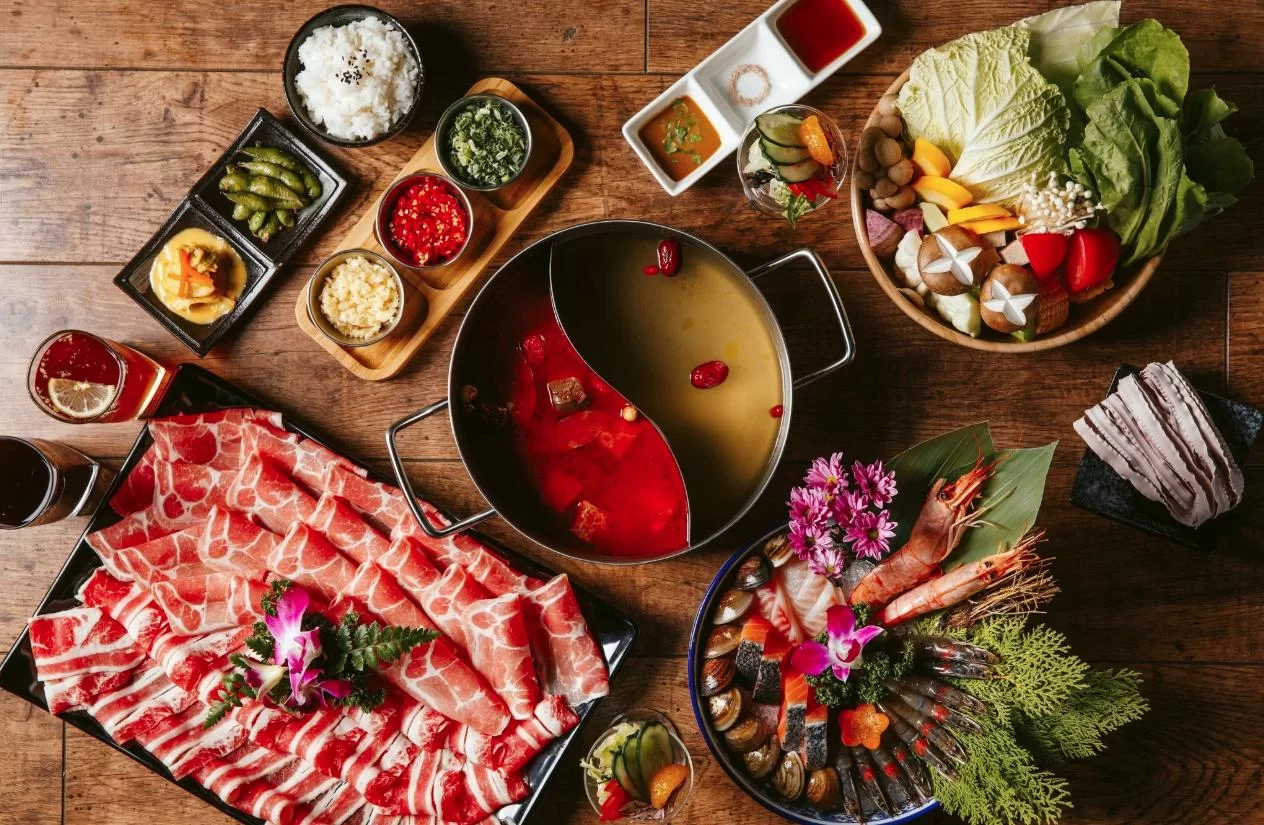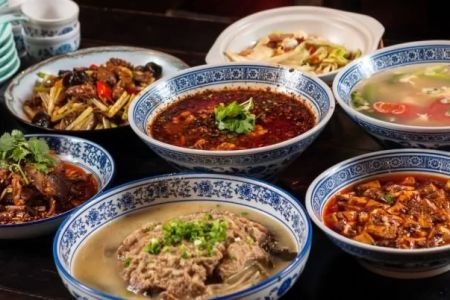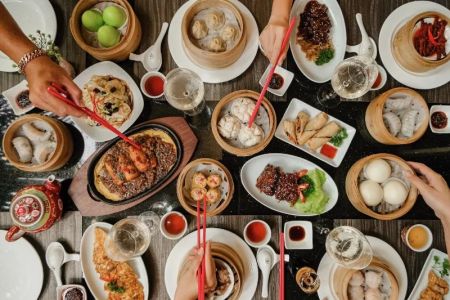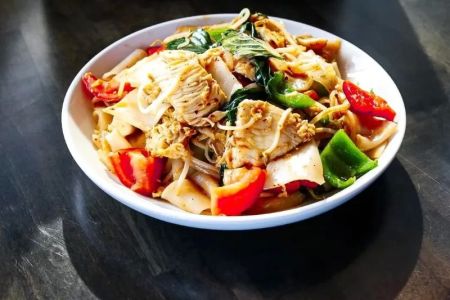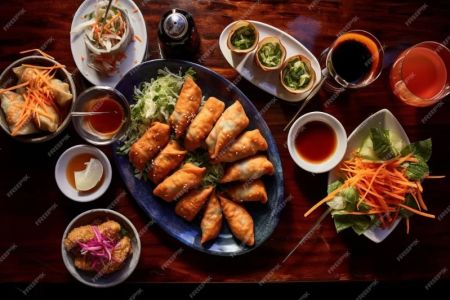- origin-and-cultural-significance-of-chinese-hot-pot
- sichuan-hot-pot-bold-spices-and-fiery-sensation
- mongolian-hot-pot-nourishing-and-robust-flavors
- cantonese-hot-pot-subtlety-and-seafood-delicacy
- emerging-and-localized-hot-pot-variations
- how-to-choose-the-right-hot-pot-style-for-you
- final-reflection-on-exploring-chinese-hot-pot-culture
1. Origin and Cultural Significance of Chinese Hot Pot
Hot pot, known as "huǒ guō" (火锅) in Chinese, is more than just a meal—it is a centuries-old culinary tradition and communal dining experience. Its roots trace back to over 1,000 years ago during the Jin Dynasty, initially used by Mongolian horsemen who simmered meats in cauldrons. As it spread across China, regional adaptations flourished, creating unique hot pot cultures from the snowy north to the lush subtropical south.
Hot pot’s popularity in modern China transcends region, age, and social class. Whether it’s a lavish family reunion in Beijing or a student night out in Chengdu, hot pot plays a role in connecting people over shared tastes and flavors. At Chinese Food, enthusiasts can explore curated hot pot ingredients and cookware, tailored to different regional styles.
2. Sichuan Hot Pot: Bold Spices and Fiery Sensation
Sichuan hot pot is perhaps the most iconic Chinese hot pot style, famous for its fiery heat and numbing “mala” sensation—a combination of chili peppers and Sichuan peppercorns. Originating from the Chengdu and Chongqing regions, this style represents the bold culinary identity of southwestern China.
The broth is often deep red, oil-laden, and bubbling with spices, requiring strong palates and adventurous taste buds. Common ingredients include thinly sliced beef, duck blood tofu, lotus root, and even pig brains. It's a test of endurance and a celebration of flavor.
Many locals pair their hot pot with dipping sauces made of sesame oil, garlic, cilantro, and oyster sauce. A popular trend in 2023 on Chinese social media saw foodies “ranking spice levels” from different Sichuan restaurants—a sign of how ingrained and competitive this regional style remains.
3. Mongolian Hot Pot: Nourishing and Robust Flavors
Mongolian hot pot, often considered the earliest form of Chinese hot pot, is characterized by its clear and nourishing broths. Unlike the intense spices of Sichuan, Mongolian hot pot emphasizes the natural flavors of meats and herbs.
Its central component is often lamb, cooked in a rich bone broth enhanced with goji berries, jujubes, and scallions. Some variations also include milk and fermented dairy, reflecting Mongolia’s nomadic roots. A traditional Mongolian copper pot, with a chimney-like structure in the center, is a common feature of this setup.
Today, hot pot restaurants in Inner Mongolia and Beijing often blend this style with modern elements, offering diners a health-focused and flavorful alternative to spicier versions. Visitors can find recommended authentic ingredients and utensils on Chinese Food for a complete Mongolian hot pot at home.
4. Cantonese Hot Pot: Subtlety and Seafood Delicacy
From the Guangdong region, Cantonese hot pot is known for its elegance and subtlety. The broth is typically light, often made from pork bone, fish, or chicken, and serves as a gentle canvas to highlight the freshness of ingredients—especially seafood.
Live shrimp, clams, crab, and thin slices of white fish dominate the ingredient list. Dipping sauces are carefully crafted with soy, ginger, scallion oil, and fermented tofu. The goal isn’t heat, but refinement. It’s common to begin a Cantonese hot pot meal with a toast of warm Shaoxing wine, followed by a precise progression of ingredients cooked one at a time.
Cantonese hot pot is particularly popular during winter months and Lunar New Year, symbolizing prosperity and abundance. The communal setting and careful attention to balance and freshness make it a beloved style among both traditionalists and culinary newcomers.
5. Emerging and Localized Hot Pot Variations
While Sichuan, Mongolian, and Cantonese hot pot dominate the scene, many regional variations have gained recognition in recent years. Yunnan hot pot, for example, features wild mushrooms and earthy broths, reflecting the biodiversity of southwest China. Hainanese coconut chicken hot pot is a tropical twist, using coconut water as broth and emphasizing sweetness and nutrition.
Urban cities like Shanghai and Shenzhen have also developed fusion hot pots, incorporating Japanese miso, Korean kimchi, or even Western-style cheese and wine. In one viral incident on Douyin (China’s TikTok), a hot pot shop in Hangzhou introduced a “truffle and foie gras” broth, earning both ridicule and rave reviews.
This innovation trend reflects the adaptability of hot pot culture—its ability to evolve while retaining its communal roots. Many of these newer styles can be recreated at home with the help of region-specific kits available from Chinese Food.
6. How to Choose the Right Hot Pot Style for You
Choosing a hot pot style depends on your personal taste, spice tolerance, dietary needs, and even the occasion. If you enjoy bold, adventurous meals, Sichuan hot pot might be perfect. Looking for something nourishing and hearty? Mongolian hot pot provides a robust, health-centric experience.
Those with a refined palate may lean toward Cantonese hot pot, while food explorers might opt for emerging fusion styles. For vegetarians, Yunnan mushroom broths offer a rich umami profile without the meat. Consider these factors and browse curated ingredient sets and cookware from Chinese Food to match your preferences.
For families or first-timers, starting with a half-and-half pot (yuanyang pot) is a great way to experience both spicy and mild flavors simultaneously, allowing for flexible tastes around the table.
7. Final Reflection on Exploring Chinese Hot Pot Culture
Exploring Chinese regional hot pot styles is a journey through culinary history, regional culture, and personal flavor discovery. Each variation—from the numbing spice of Sichuan to the herbal richness of Mongolian and the seafood elegance of Cantonese—offers a different window into China’s vast and diverse gastronomic heritage.
Hot pot isn't just food—it's a social ritual, a cultural symbol, and a source of comfort and celebration. Whether you're dining in Chongqing, Hong Kong, or your own kitchen, hot pot brings people together with warmth and flavor.
For anyone eager to explore and recreate these traditions at home, Chinese Food offers access to the best hot pot tools, broths, and ingredient bundles, curated to reflect the authenticity of each style. Embark on this flavorful adventure and make your own hot pot story today.
